Corns and calluses are often found on different areas of the body, however they are most commonly located on areas where there is weight bearing or in response to constant friction, such as on the hands and feet, with inappropriate footwear being the culprit in most cases.
When it comes to determining if you have a corn or a callus, there are several things to consider, as well as a variety of treatment options.
Corns
Corns form when there is a buildup of skin tissue on the toe, usually either from tight shoes or a hammertoe, causing consistent rubbing against the skin. Corns can occasionally be painful, however this typically only happens when pressure is applied to the corn.
Treating Corns
Unfortunately, due to the thickness of corns, over-the-counter soaks and exfoliants are not an effective way to get rid of corns, making the following treatment options the best ones:
- Treat your hammertoe or bunion. If you are suffering from a hammertoe or bunion, which is causing your corns, then perhaps one of the best solutions is totreat the hammertoe or bunion with either physical therapy or surgery, depending on your particular situation.
- Wear appropriate footwear. Another viable solution may simply be by wearing a more comfortable shoe, ensuring you are giving your feet plenty of room in the width and toebox area.
- Use over the counter pads. There are over-the-counter pads that can be used to protect corns from additional friction, which will aid in easing pain and pressure to the corn.
Calluses
Calluses, which are caused by constant pressure and friction, are areas of dead skin that form over time. While very rarely they are painful, calluses can be a nuisance.
Treating Calluses
While it is never wise to scrape away at a callus, since this can cause an infection, you can do the following to help get rid of them:
- Soak your callus. Soak your feet in warm water to soften a callus, then use a pumice stone to help file down the callus.
- Wear appropriate footwear. Wear shoes that prevent unnecessary pressure, or use foam inserts in your shoes.
- Wear socks. Always wear socks when necessary, as they will keep your feet protected and prevent friction from occurring.
It is important to remember that a treatment plan is only effective when you eliminate the source of what is causing the friction, or callus, and that you seek professional medical treatment if your calluses become painful and you cannot get rid of them after following the helpful tips above.
It is important to remember to avoid cutting or scraping off calluses and corns, since this can lead to an infection, which can cause further complications down the road, especially if you are diabetic.
The Foot and Ankle Specialists of Illinois specialize in treating a variety of foot and ankle issues. Contact us for more information to see how we can help you with your podiatry needs today.

